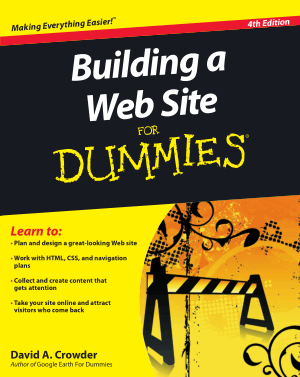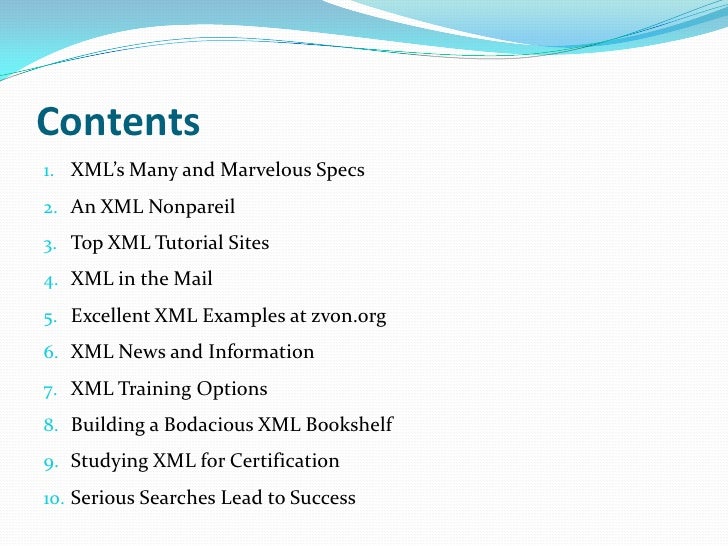
IBM created GML ("General Markup Language"), a predecessor language to SGML, and in 1978 the American National Standards Institute (ANSI) created its first version of SGML. SGML emerged from research done primarily at IBM on text document representation in the late '60s. Each so-defined language is called an application of SGML. SGML, like XML, is a metalanguage - a language used for defining other languages. CERN and Berners-Lee gave away the specifications for HTML, HTTP, and URLs, in the fine old tradition of Internet share-and-enjoy.īerners-Lee defined HTML in SGML, the Standard Generalized Markup Language. HTML was released in December 1990 within CERN, and became publicly available in the summer of 1991 for the rest of us. The HTML we all know and love (well, that we know, anyway) was originally designed by Tim Berners-Lee at CERN ( le Conseil Européen pour la Recherche Nucléaire, or the European Laboratory for Particle Physics) in Geneva to allow physics nerds (and even non-nerds) to communicate with each other. I'll point out some of Java's strengths with XML as we go along. Java is an excellent platform for using XML, and XML is an outstanding data representation for Java applications. XML makes Internet content available to real applications. XML frees Internet content from the browser in much the same way Java frees program behavior from the platform. XML opens the Internet and Java programming to portable, nonbrowser functionality.

This article also covers how XML operates with existing Web technology, since many Java programmers work in such an environment. Still, the whole point of this article is to give you the context you need to use XML in your Java program designs. There's so much recent XML activity in the computer world that even an article of this length can only skim the surface. And, if you're one of the lucky few who still have the XML JavaBeans articles to look forward to, I recommend that you read the present article first as introductory material. If you are getting it, this article serves as the perfect companion piece to the XML JavaBeans series, since it covers topics untouched therein.
#XML FOR DUMMIES PDF HOW TO#
(See Resources for links to related articles.) If you've been reading that series and aren't quite "getting it," this article should clarify how to use XML with beans. Though this article is written for anyone interested in XML, it has a special relationship to the JavaWorld series on XML JavaBeans. Finally, we'll take a look at an Internet company that's basing its core technology strategy on XML and Java.
#XML FOR DUMMIES PDF FREE#
We'll go over how to write Java programs that extract information from XML documents, with a pointer to a free program useful for experimenting with these new concepts. Then, we'll dive into the Document Object Model, a powerful tool for manipulating documents as objects (or manipulating object structures as documents, depending upon how you look at it). We'll cover the basics of XML notation, and how to display XML with two different sorts of style languages. We'll explore the reasons you might need to invent a custom markup language, and I'll teach you how to do it. We'll look at sample data in HTML and move gradually into XML, demonstrating why it provides a superior way to represent data. This article will present the history of markup languages and how XML came to be.

Whereas HTML is used for formatting and displaying data, XML represents the contextual meaning of the data. XML will complement, rather than replace, HTML. With XML, you can create a language crafted specifically for your application or domain.

More than just a markup language, XML is a metalanguage - a language used to define new markup languages. XML is easily comprehensible to anyone who understands HTML, but it is much more powerful. The good news is that many of the limitations of HTML have been overcome in XML, the Extensible Markup Language. Trying to design heavy-duty, flexible, interoperable data systems from HTML is like trying to build an aircraft carrier with hacksaws and soldering irons: the tools (HTML and HTTP) just aren't up to the job. It's fine for disseminating informal documents, but HTML now is being used to do things it was never designed for. (I don't intend to, however, since doing so would take time away from a date I have with a palm tree and a rum-filled coconut.)Īnd yet, despite the omnipresence and popularity of HTML, it is severely limited in what it can do. As an example of their ubiquity, I'm going to Central America for Easter this year, and if I want to, I'll be able to surf the Web, read my e-mail, and even do online banking from Internet cafés in Antigua Guatemala and Belize City. HTML and the World Wide Web are everywhere.


 0 kommentar(er)
0 kommentar(er)
